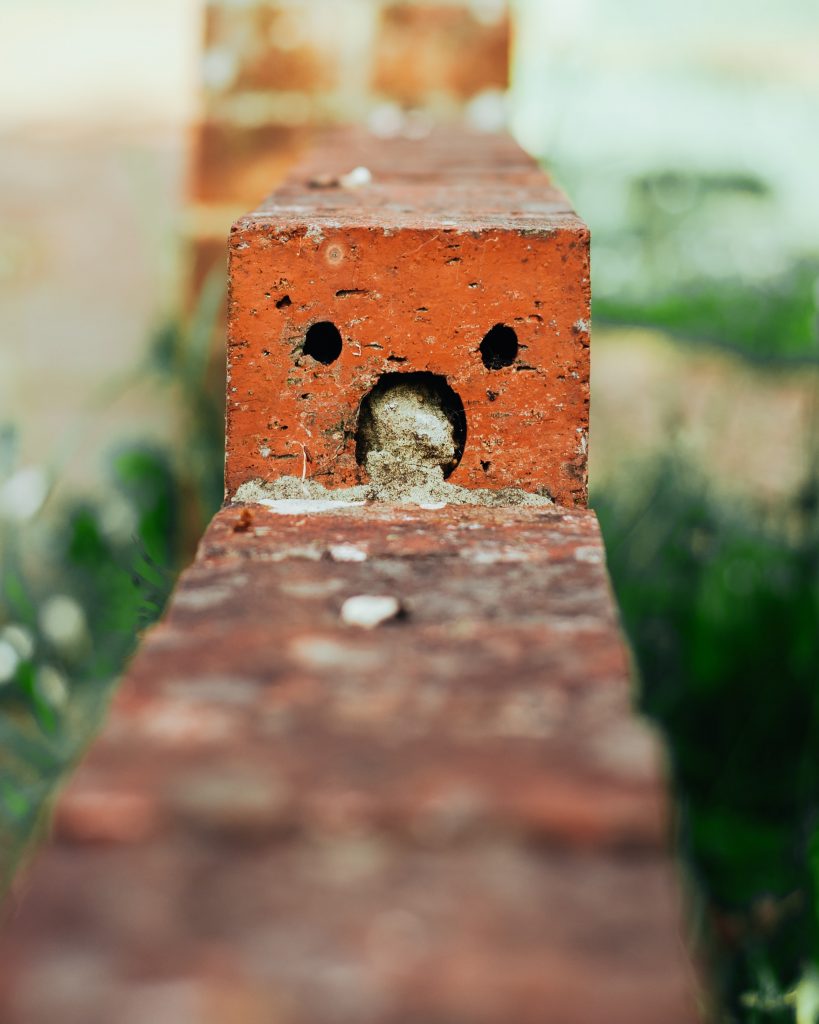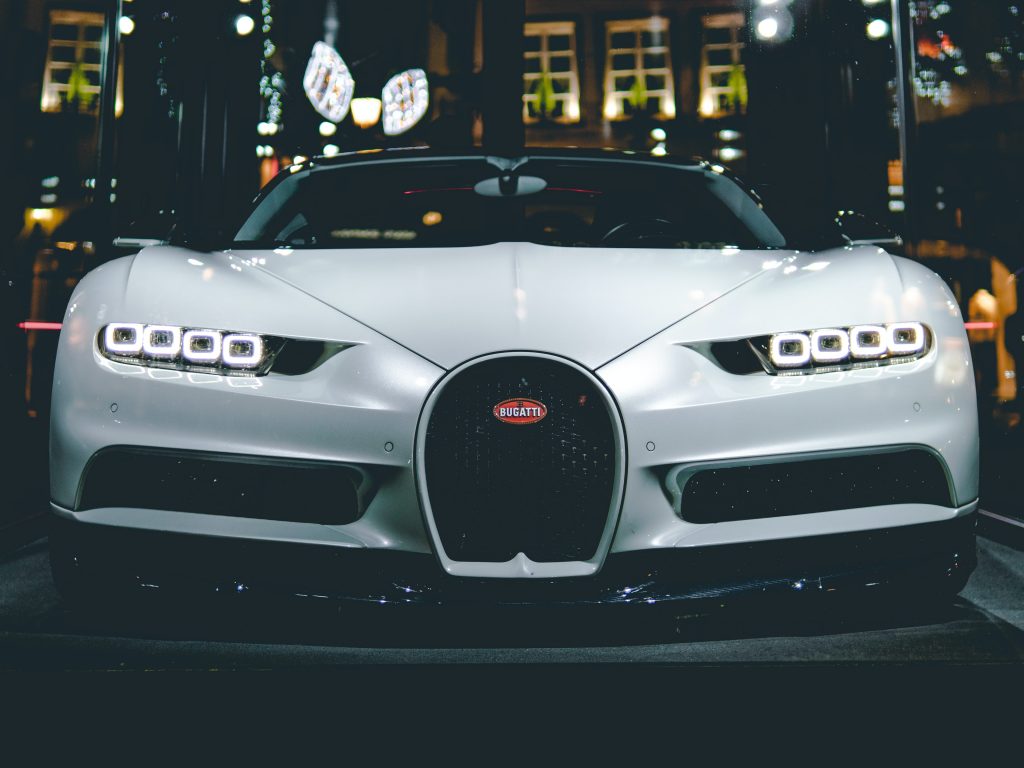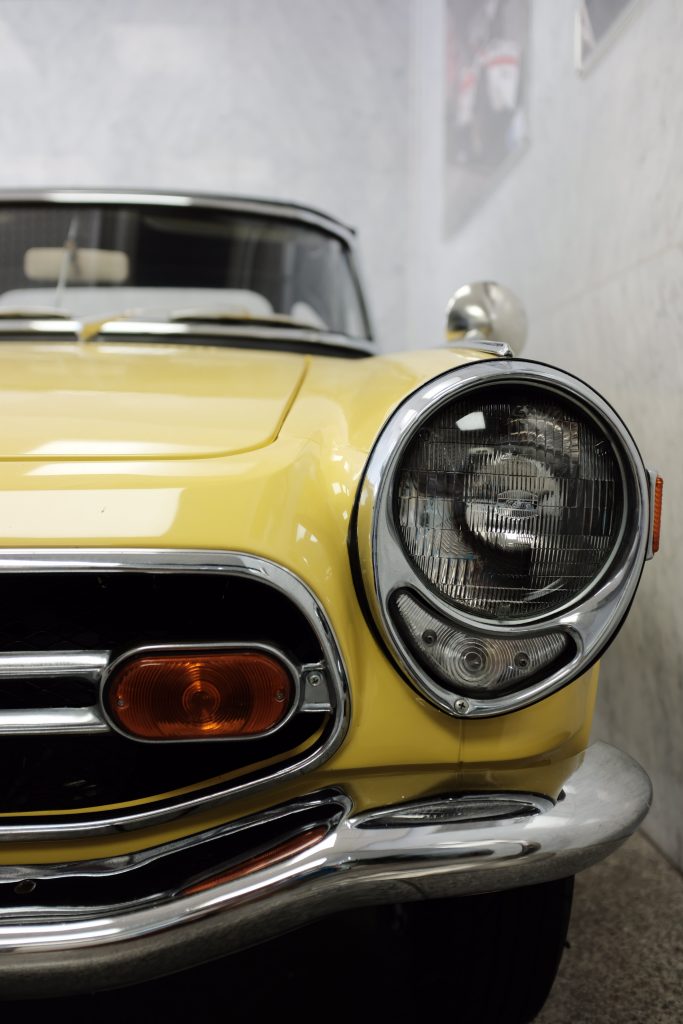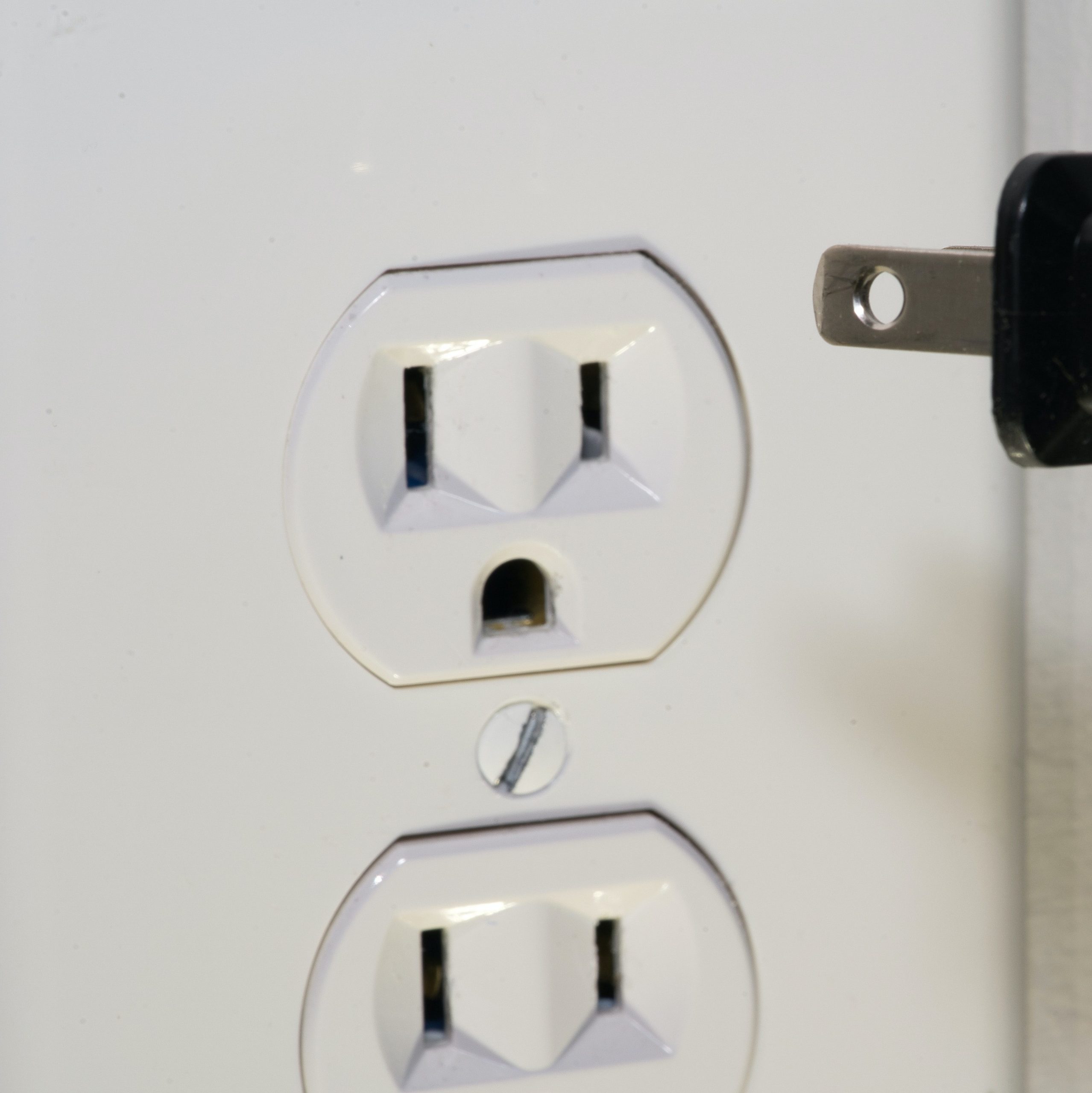Overactive Facial Recognition: Pareidolia
Have you ever seen an animal in the clouds above you? Or recognised a face in common household objects?

You’re certainly not alone. This is properly called pareidolia, which is when your brain interprets sights or sounds as a different familiar pattern. It comes from the Greek para “contrary to”) and eidōlon “shape”).
In today’s language, humanity’s biological facial recognition system is highly vulnerable to false positives!
The phenomenon occurs throughout history and across cultures. Shakespeare references seeing shapes in clouds in his play Hamlet, while Leonardo Da Vinci recommended it as as form of inspiration when creating art.
There is a truly stunning number of news articles online about people believing they have seen the face of Jesus or Mary in food or other household objects.
In the modern era, even people unfamiliar with many car brands and advertising assign them faces with gender and emotions (source), to the point where car companies take this into account when designing their products (source).


From the moment we are born, we humans are drawn to look at faces. Babies, even under an hour old, will look at faces more than any other object presented to them, and by four months a baby’s ability to recognise faces is virtually as developed as an adult’s. The area of the brain involved in this specialist processing is called the “right fusiform face area”.
This makes sense for a baby, who relies on the faces around it for everything. But the natural tendency to recognise faces stays with us into adulthood, and it is so strong that we often invent faces to look at! Often there is some sort of stimulus to start the association, but this can be as minor as being asked whether you, too, can see a face in this object.
Is this a peculiarly human feature? There has been some evidence that rhesus monkeys might experience the same thing, but studies aren’t universally certain.
Investigations into another obvious avenue – human-created time and attendance facial recognition systems – have shown that although facial recognition systems do register false positives (mis-identifying faces as belonging to the wrong people or even detecting them in objects), this is the result of a very different process (source) with very different types of faces ‘revealed’.

Next time you find yourself squinting at a pattern on the wall, or feeling kindly disposed to the plug outlet because it has a cute face, know that it’s only pareidolia; nature’s fascinating glitch in your natural facial recognition system.